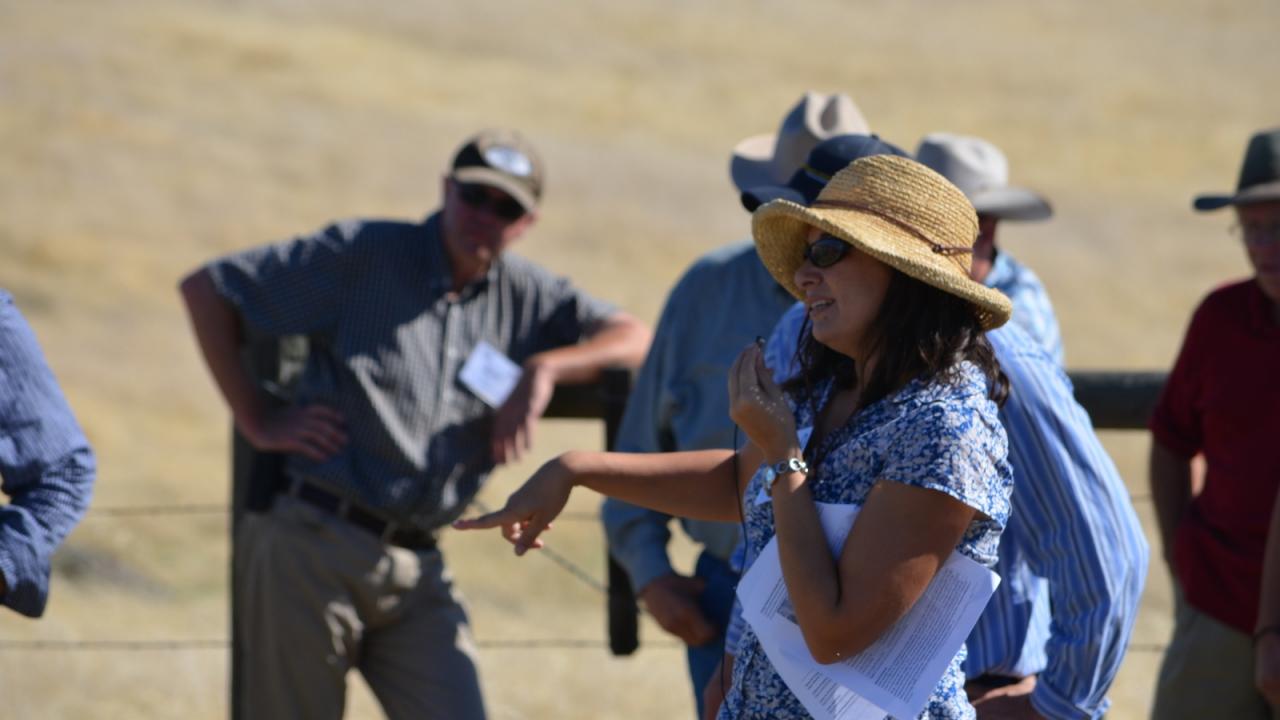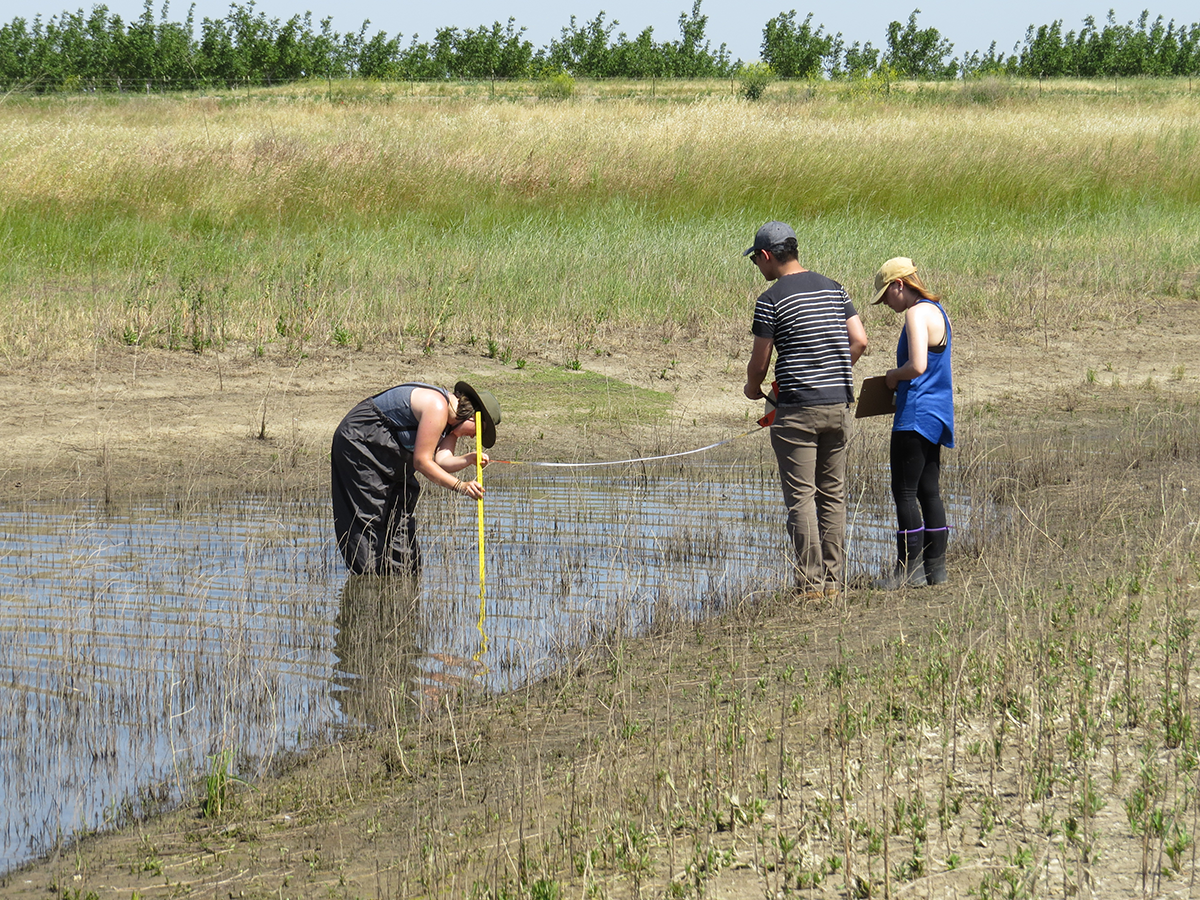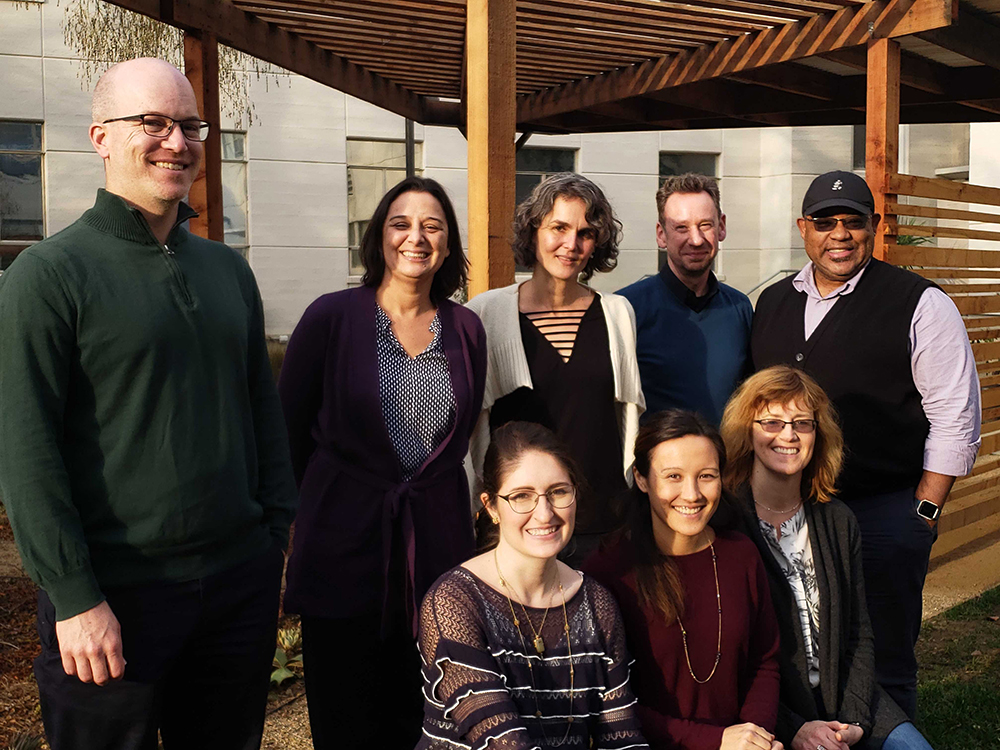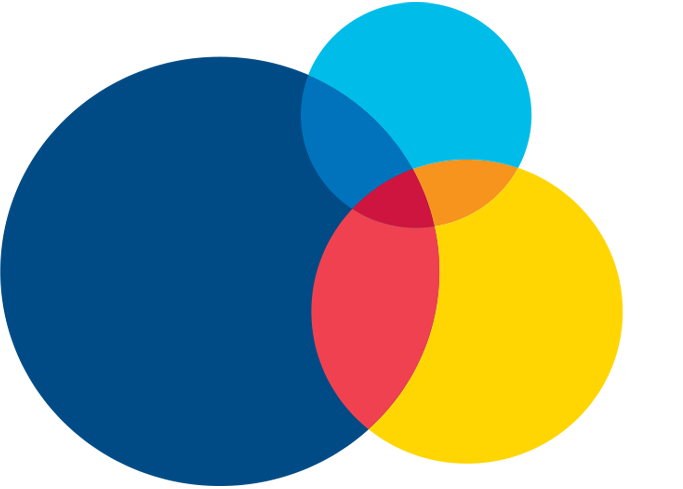
Bringing science, research, and student opportunities into community engaged restoration ecology
Catching up with Community Engaged Learning Faculty Fellow Valerie Eviner
By Tessa Hill, Associate Vice Provost of Academic Programs
For Plant Sciences Professor Valerie Eviner, having students work in the nitty gritty of restoration ecology is all part of the UC Davis educational experience. When she began teaching her Restoration Ecology course in 2007, she saw the need for a connection to a real world issue and a community partner with a problem to solve. In regards to this inspiring teaching approach, Valerie told us: “students are really excited to rise to the challenge of research when they are doing it in service of a real world need.” In all the years she’s been teaching this course, Valerie has coordinated with an external community partner who has a project in need of student help, providing all of the groundwork for a successful project. She’s never really had an opportunity to show her students what happens behind the scenes, including the amount of work it takes to build those relationships with community partners and the big picture of project design. But that will soon change. Thanks to her work with the Community Engaged Learning Faculty Fellows (CELFF) program, her students will get an even deeper educational experience.
Valerie was awarded a Community Engaged Learning Faculty Fellowship in 2020, and began with the goal of modifying her existing Restoration Ecology course. In a component of her course, students participate in research on a restoration site. This includes everything from measuring different environmental parameters and developing a spatially explicit map of what resources are at the site, to then considering challenges (e.g., potentially invasive species), and finally to work together to develop a restoration plan based upon this information.
“The Community Engaged Learning Faculty Fellows program has really inspired me to think about things differently for this course. All of my outreach and collaboration have come out of long term relationships where you build trust, and learn from each other,” says Valerie.

But she sensed it was time to find a way to teach students about the process as much as the final product. “I learned a lot through the program in terms of the kinds of lessons you teach students in building those relationships. At first, I was skeptical it was even possible, but then I watched how other Fellows were approaching this, and became very excited about the possibilities.”
Over the years, Valerie and her students have successfully partnered with the Solano Resource Conservation District and the Putah Creek Riparian Reserve, for example. These partnerships are “win win” for Valerie, her students, and the restoration practitioners themselves. There is always restoration work that needs to be done, and restoration partners are really motivated to work with students because it is a big benefit to their program. The students also learn a lot from being around restoration practitioners - experts who were once students too, and remember the student perspective but now also have the perspective of the hard choices that are made when trying to balance the needs of ecosystems and the public.
Valerie noted that these complicated decisions shine a light on “how important it is for students to see how their piece of the puzzle is just one small part of solving a real world problem. It is only when they all come together with their different expertise and skill sets that you see how you need that collaborative group experience to solve real environmental challenges.” Valerie isn’t certain yet who the next community partner will be for her course, as it really depends upon the needs that she and students can serve during Spring 2021 (and a question of whether the course will be in person, or remote).

Fundamentally, Valerie’s goal in her course is to help students learn about complexity and the importance of different skill sets layering upon each other. But through CELFF, she also realized what a powerful tool reflective practice can be. While part of the CELFF cohort, she began to incorporate small, low stakes reflection assignments into her Spring 2020 course, to make sure students were staying engaged and on track during a quarter very disrupted by remote teaching and COVID. It is a change she plans to make more permanently in her future courses.
For many faculty in the environmental sciences, there is a desire to expose students to how their science will directly connect to actionable changes. This often requires thinking about interdisciplinarity, partnerships, and bridging to real world problems. One of the aspects that Valerie enjoyed the most about the CELFF program was how interdisciplinary it was, and how this generated thoughtful feedback from colleagues due to their surprisingly varied perspectives on teaching.
“The world is challenging right now and students need to feel some agency in moving things forward in a positive way; it is really important for their personal and professional development. A huge number of us at Davis are doing this kind of work, and we have self-learned those pathways. This program helped me think how to train students with more intention in being active and engaged on what actions we can take on this planet.”
